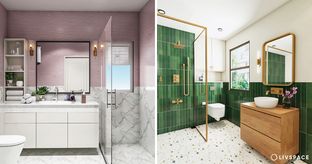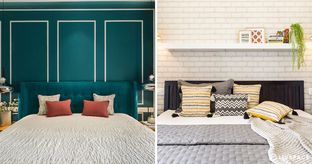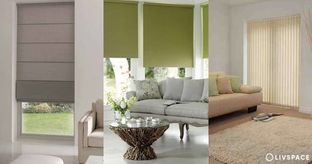Despite the several terms that crop up when discussing wall molding, the concept is but a simple one– decorative trims that jazz up your walls and corners. From skirting to crown molding and everything in between, we break down the different types of wall molding ideas that usually appear in Indian homes.
But this technique is not just to make your walls pretty. It also has functional uses. So let’s take you through the different types of molding designs and how they help your walls.
Wall Molding Type #1: Skirting
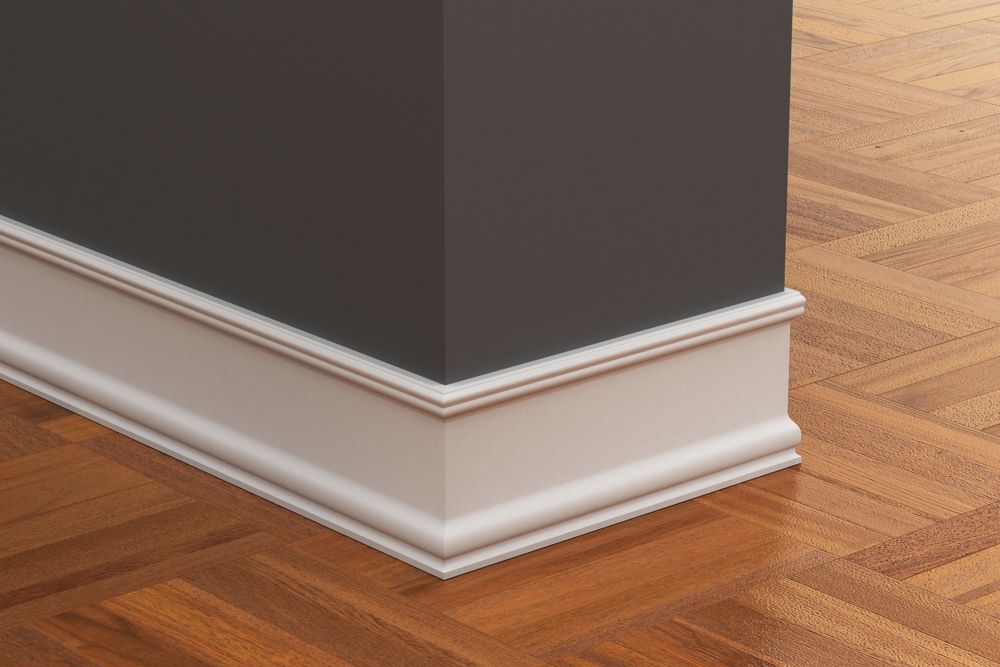
Typically employed where the floor meets the wall, this type of molding is both aesthetically pleasing and functional. For starters, it makes the transition between the floor and the wall more seamless, especially if the two are starkly different in colour, finish or texture. Skirting helps to cover up uneven surfaces and also serves to protect the wall from damage from slamming doors and cabinets. This mold doesn’t need to be the same colour– it can also be made of tile, plaster or wood.
Wall Molding Type #2: Chair Rails
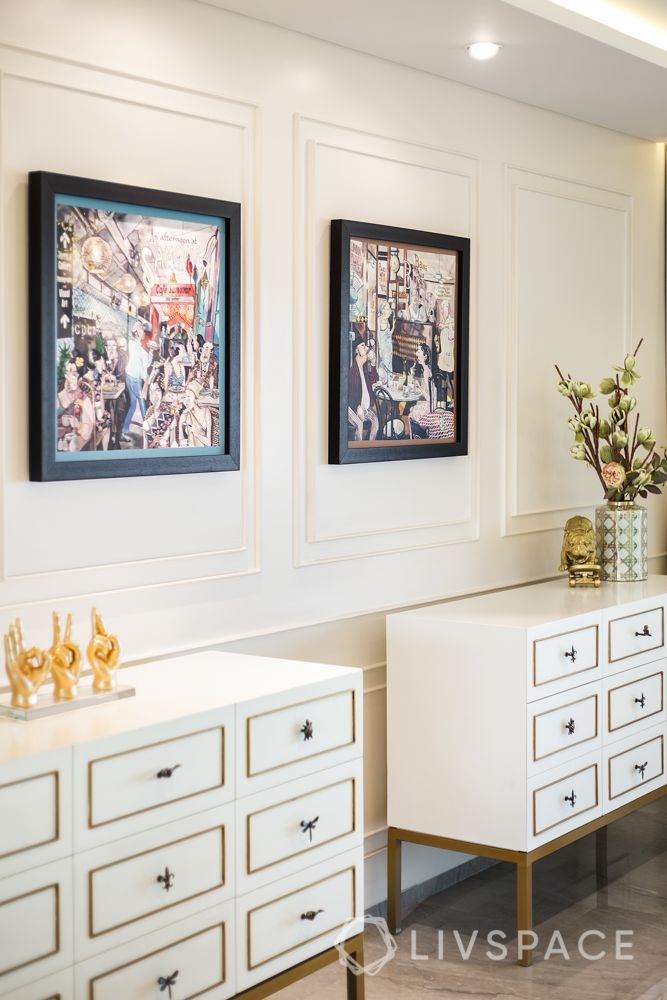
Quite like skirting, chair rails are also installed for functional purposes- this time cutting through the wall. The benefit of this type of molding is in the name– chair rails protect walls from furniture such as chairs sweeping back. This is why they’re usually placed 36 inches off the floor because that’s where traditional dining chairs would hit. That said, the height can be adjusted depending on whether you’re using it more for its practical or aesthetic purpose.

Wall Molding Type #3: Crown Molding
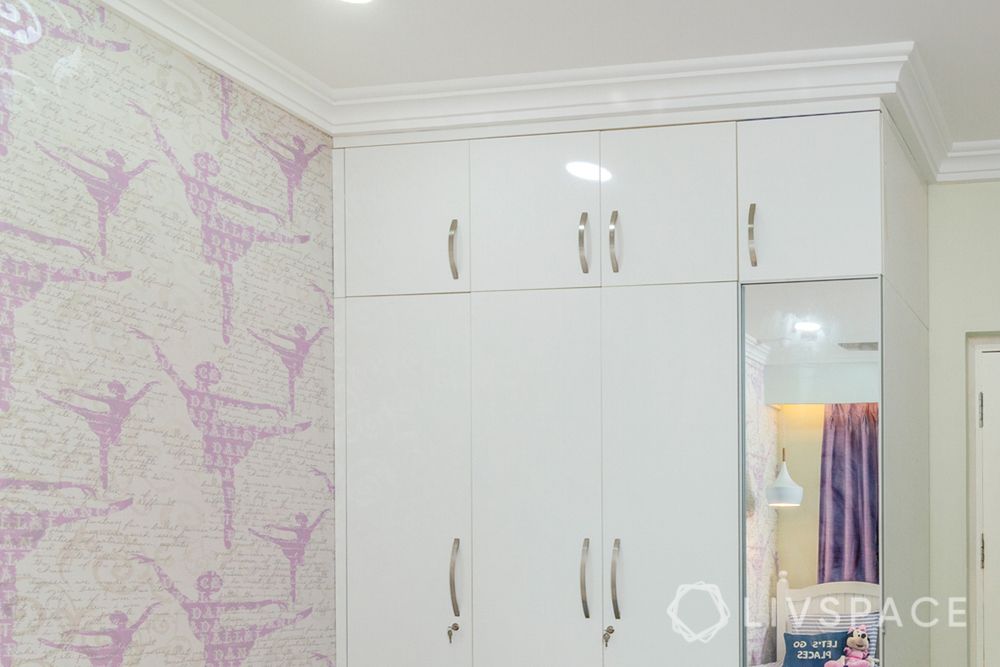
This type of molding sits at the joint where the ceiling and walls meet. Crown molding is a great chance to introduce motifs and shapes into the room without immediately drawing attention. You could opt for solid wood crown molding or plaster-based ones. The former lends a traditional appeal to the room while the latter opens up avenues for customisation and design experiments.
Wall Molding Type #4: Casing
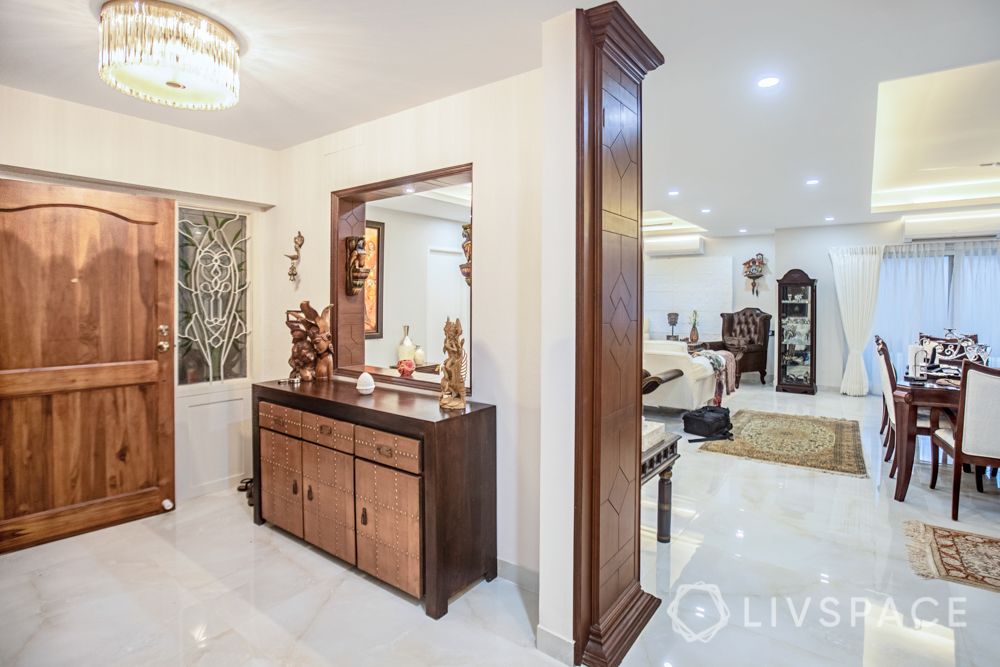
Designed to conceal not-so-pretty gaps between windows or doors and walls, casing is a fairly common type of wall molding. It’s especially useful when windows are out of parallel with the floor or the wall, and does the job without you having to shell out on renovations.
Wall Molding Type #5: Coving
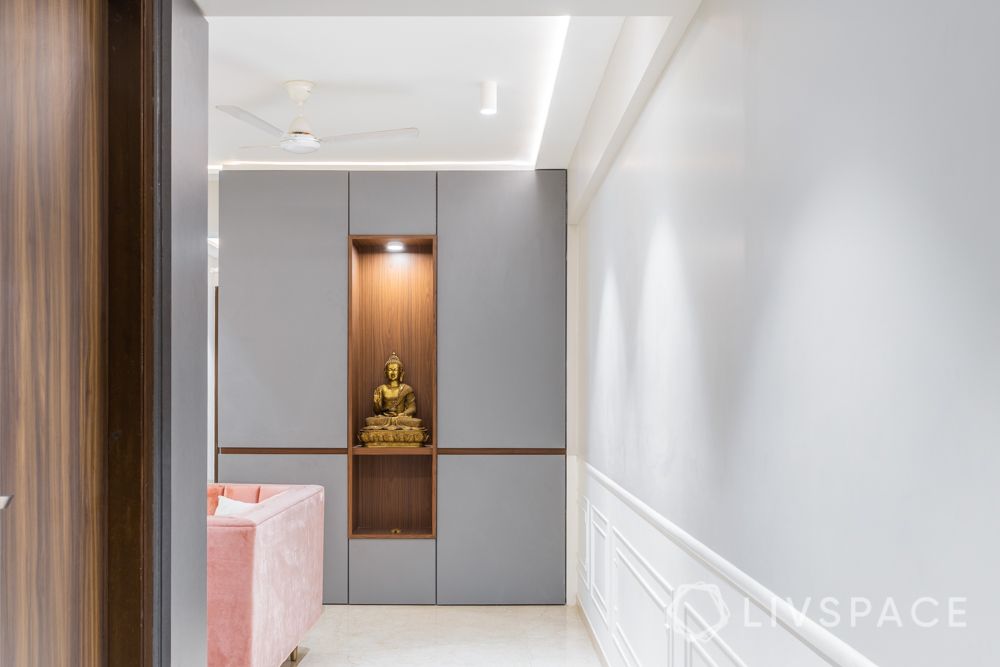
Coving is a lesser ornate version of crown molding that is also common in Indian homes. It’s a plain trim that’s concave in shape and usually has a few step-like details, but nothing more. For a wall molding that’s so subtle, coving is a clever trick to increase the sense of vertical height and make the room seem a touch grander. Coving can be kept white or painted in contrasting colours for drama.
Pro Tip: Molding helps to hide any uneven architectural lines in your home. It also creates the illusion of higher ceilings and grander spaces. For compact homes, simpler designs are ideal so as not to overwhelm the room.
Check out wall designs:
If you enjoyed reading about these wall trims, also explore How to Turn Bare Walls Into Accent Walls.
Send in your comments and suggestions.


